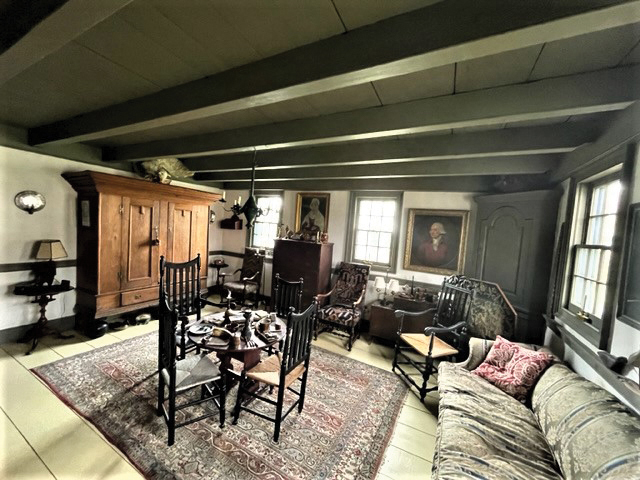
Hesse Home in Otego: a Virtual 18th-
century House and Home Museum
By TERESA WINCHESTER
OTEGO
For 33 years, Buzz Hesse, a trained archeologist and former owner of the auction house Hesse Galleries, has lived with his wife, Jackie, in a house built in the late 18th century. He loves to tell the story of how he first spotted the structure in Laurens, later purchased it, then disassembled it, and ultimately found an ideal site for the house in Otego.
The moment he saw the “unpretentious-looking” two-story house, he wanted it, despite the horse standing in the doorway and the chickens running in and out.
Hesse is convinced that greater forces were at work in the whole restoration process, which he described at the April meeting of the Otego Historical Association.
You have reached your limit of 3 free articles
To Continue Reading
Our hard-copy and online publications cover the news of Otsego County by putting the community back into the newspaper. We are funded entirely by advertising and subscriptions. With your support, we continue to offer local, independent reporting that is not influenced by commercial or political ties.

